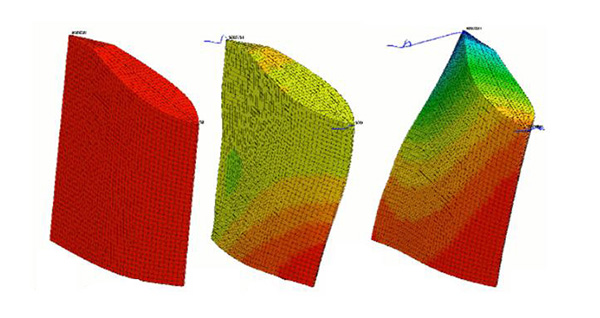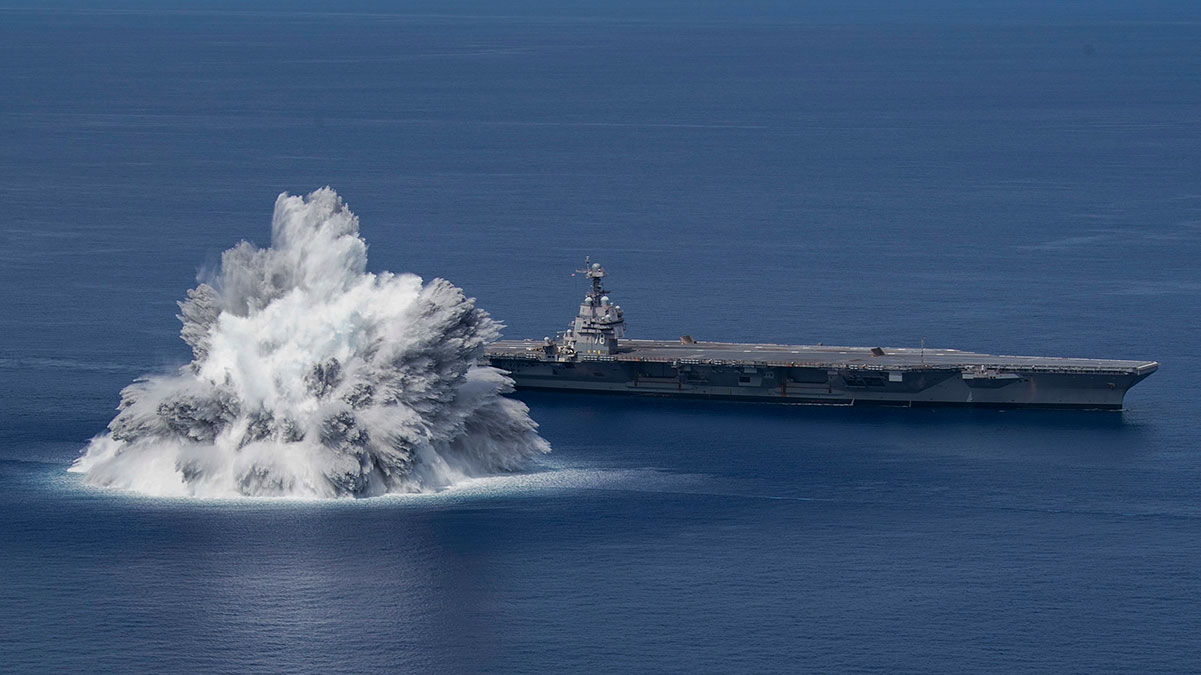How Fraunhofer EMI uses algorithms and simulations to better protect critical maritime infrastructure.

Energy supply, communication and seaports as hubs for global trade define the “critical maritime infrastructure” in Germany and Europe. They are increasingly the target of acts of sabotage, terrorist attacks or hostile intelligence services. Protecting them poses an enormous challenge.
How do you reliably assess the damage to complex protective structures caused by dynamic loads, such as the detonation of a sea mine? In water, an incompressible medium, such questions are challenging and highly complex.
Fraunhofer EMI has been researching high-speed dynamics in water for over ten years. The simulation of fluid-structure coupled systems under loads, such as those occurring in underwater explosions (UNDEX), poses a particular challenge. Near-field effects such as cavitation and the afterflow from the gas bubble of the combustion products also have a considerable influence on the load curves. An example of fluid-structure coupled systems is the interaction of an underwater shock wave with a generic rudder unit of a ship. The simulation of this interaction makes it possible to analyze the structural response. The entire layer structure up to the entangled fibers is taken into account, which makes the evaluation of damaged areas complex. Proven methods such as fiber breakage criteria according to Puck are used.
Fraunhofer EMI uses both commercial and self-developed fluid and structural codes to simulate and evaluate load applications after UNDEX events. The CFD tool Apollo Blastsimulator, originally developed for air, has been expanded to include an algorithm for underwater detonations. Together with industrial partners, we are looking for the best solutions to emerging problems.
